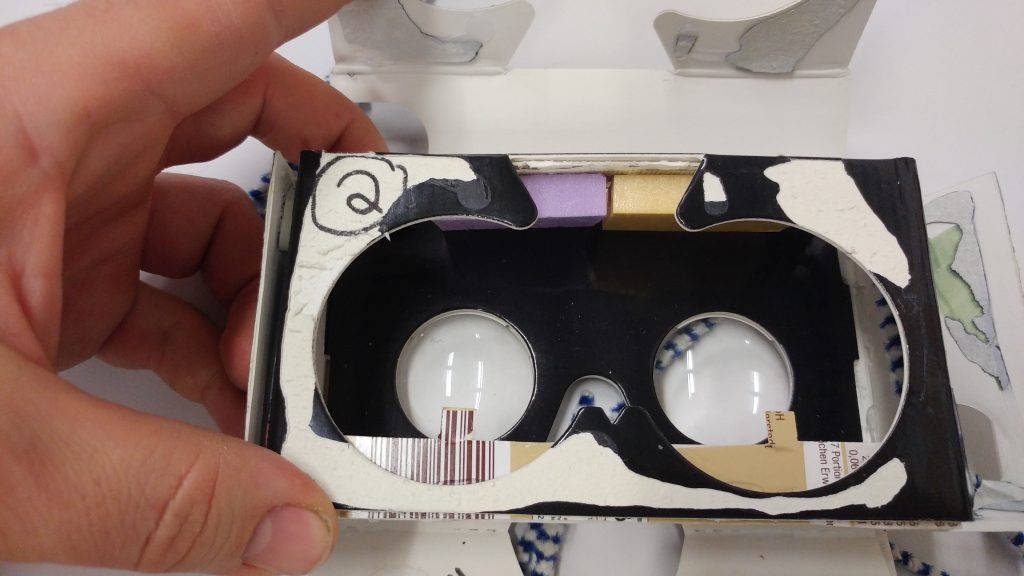Now that we’re increasingly certain that alternating strabismus is something in its own right, with different perceptual side-effects to “regular” fixed strabismus, we’re starting to think about how we could better understand/categorise/explore what those perceptions are in a way that can be reliable reported…. Here are some initial ideas one the very simplest first steps…
Another superb resource for getting an overview of the visual system
This Prof. Behnke is an impressive guy! Take a look at some of his projects. Wonderful to see this calibre of work, taking deeper inspiration from the neurobiology, being done in Computer Science. https://www.researchgate.net/publication/251299196_Neurobiological_Background
Some interesting neurological facts
I’m just reading Dowling’s “Understanding the Brain : From cells, to behaviour, to cognition”. Sometimes I’m surprised by what I’ve forgotten, and sometimes he surprises with facts I hadn’t been aware of – so just in case you hadn’t heard of them either, I’ll mention a few here as I come across them – and…
Eye Suppression – Opportunities to learn more
I am really quite fascinated by when and what causes suppression. We can see from our quite simple approaches to triggering conflict that the idea of conflict neurons seems to make sense – but there are so many ways we could potentially test the edges of when and why conflict occurs, and push those boundaries.
A metaphor for strabismus and amblyopia
Strabismus and Amblyopia are like a lock, which evolution has put in place to enforce monocular vision once a problem with binocular vision has been detected. We are learning how to pick that lock, how to open the visual system back up to a point where a person has a second chance at learning how to…
Why is designing EyeSkills difficult? – a quick note
When building software, one is creating a simplified model of reality, capturing those parts which are relevant to achieving the system goals. This model is not generally not built to be passive, it should then interact with reality to alter the nature of reality. It’s an interesting feedback loop called “active modelling”. If we don’t…
The development of Amblyopia and Strabism
The development of Amblyopia and Strabism For many animals with multiple eyes, their brains combine the electrical signals from each eye into a “master” (cyclopic) image which gives them stronger environmental awareness. Sometimes physical problems seem to prevent the emergence of binocular vision, and sometimes it simply never emerges due to poorly understood neurological…
EyeSkills – System Philosophy
What is the guiding light which we are following while we build the EyeSkills framework? You can find out more here…

